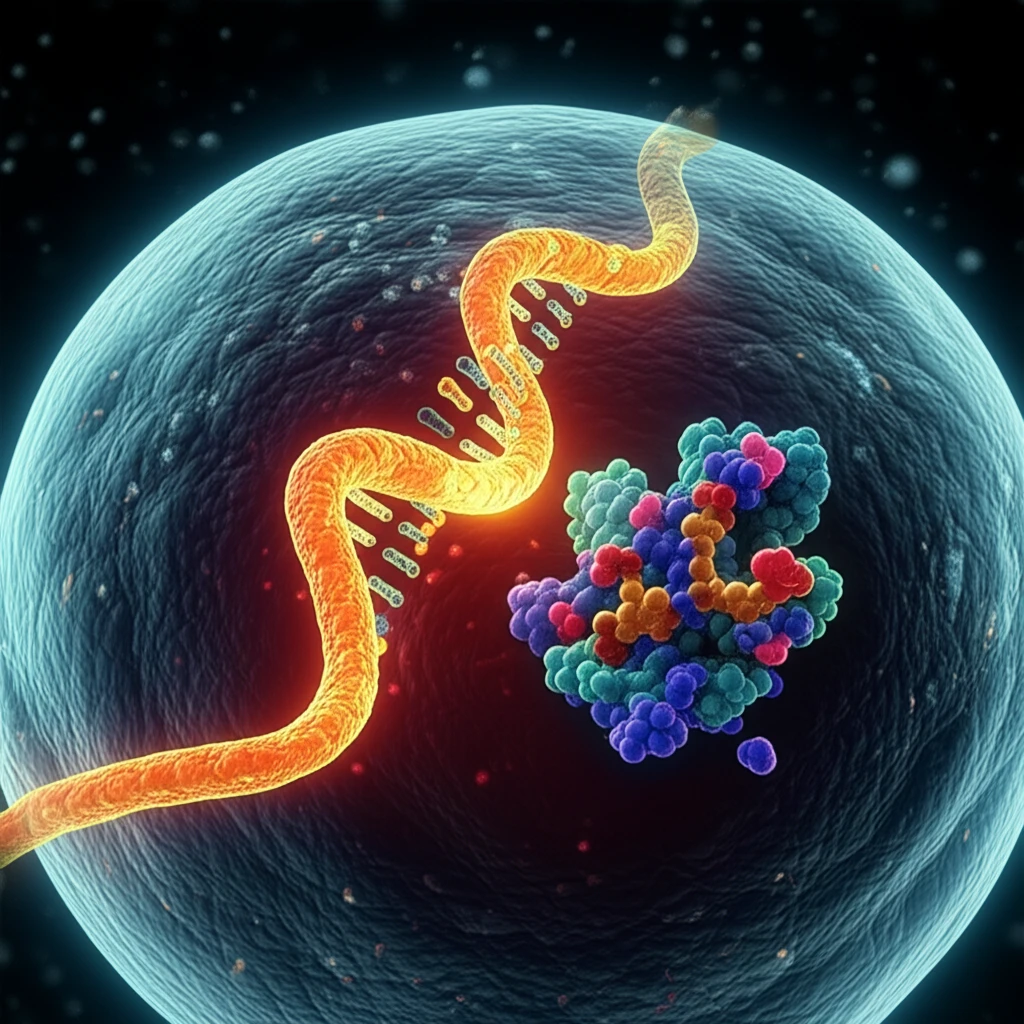
Decoding Cholesterol: How UBXD8 Impacts Your Health and Statins
"New research reveals a crucial gene's role in cholesterol management, offering insights for statin users and those seeking metabolic balance."
Cholesterol, often portrayed negatively, is vital for cell membranes and hormone production. The body tightly regulates its cholesterol levels through a complex process called the mevalonate pathway. A key enzyme in this pathway, HMGCR, is the target of statin drugs, commonly prescribed to lower cholesterol. Understanding how HMGCR is regulated is crucial for maintaining metabolic health.
The regulation of HMGCR is a balancing act, responding to both increasing and decreasing signals. When cholesterol levels get too high, the body triggers a process to break down HMGCR, reducing cholesterol production. Scientists have long sought to understand the genetic factors controlling this breakdown, known as degradation.
Now, a groundbreaking study has identified a previously unknown player in this process: the UBXD8 gene. This discovery sheds light on how our bodies manage cholesterol and could have implications for how we use statins and approach metabolic health.
The UBXD8 Discovery: A New Piece in the Cholesterol Puzzle

Researchers used an innovative genetic screening technique to pinpoint genes involved in HMGCR regulation. They modified human cells to glow when HMGCR was present, then used this system to identify genes that, when disrupted, altered HMGCR levels. This approach led them to UBXD8, a gene not previously linked to cholesterol metabolism.
- Key Finding: UBXD8 is a critical determinant in the metabolic breakdown of HMGCR, a key step in cholesterol regulation.
- Metabolic Imbalance: Without UBXD8, cells lose proper cholesterol feedback control, leading to excessive synthesis.
- Multiple Cell Types: This regulatory role was confirmed across various cell types, including liver cells.
What This Means for You: UBXD8, Statins, and Future Therapies
This discovery opens new avenues for understanding and potentially treating cholesterol imbalances. While more research is needed, here are some key takeaways:
The UBXD8 gene's impact on cholesterol regulation suggests potential for future therapies targeting this pathway. For instance, understanding how to enhance UBXD8 function could provide a new approach to lowering cholesterol.
This research demonstrates the power of genetic screening for unraveling complex metabolic processes. By identifying key regulators like UBXD8, scientists can gain deeper insights into maintaining health and combating disease.
